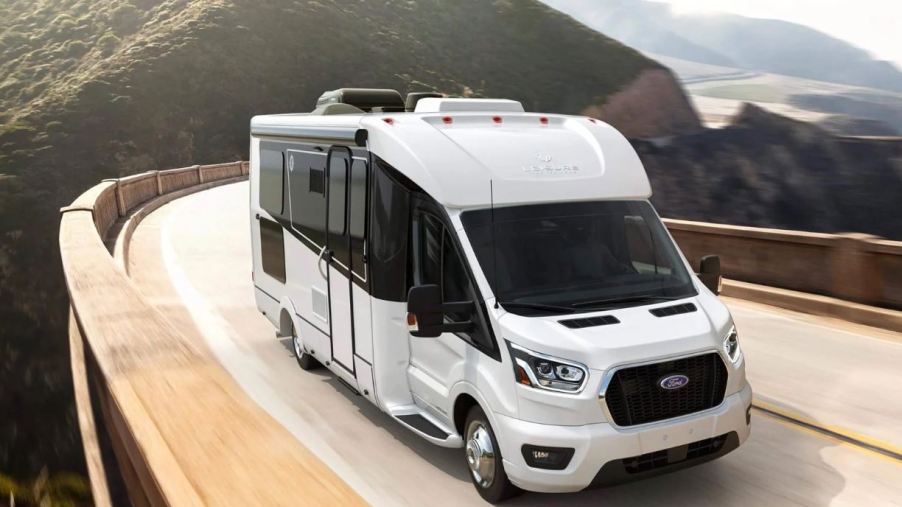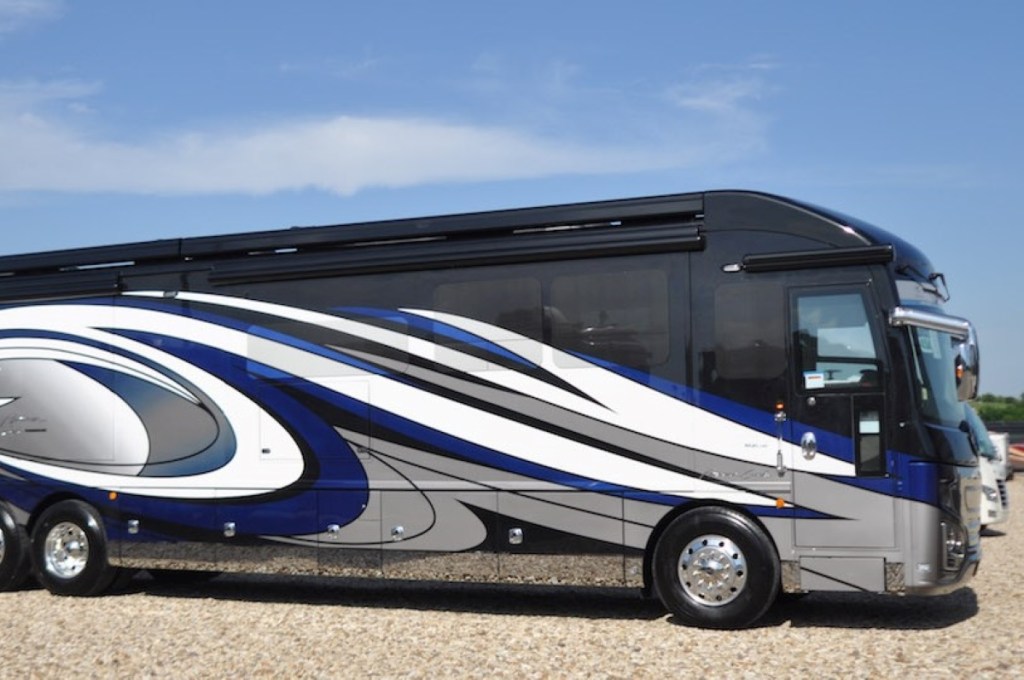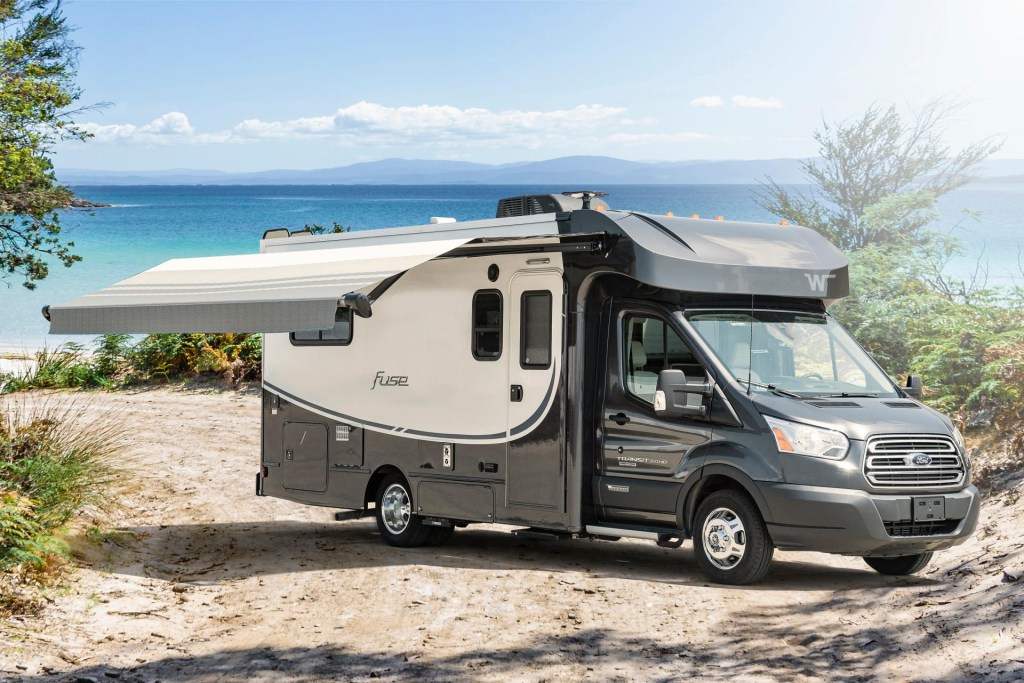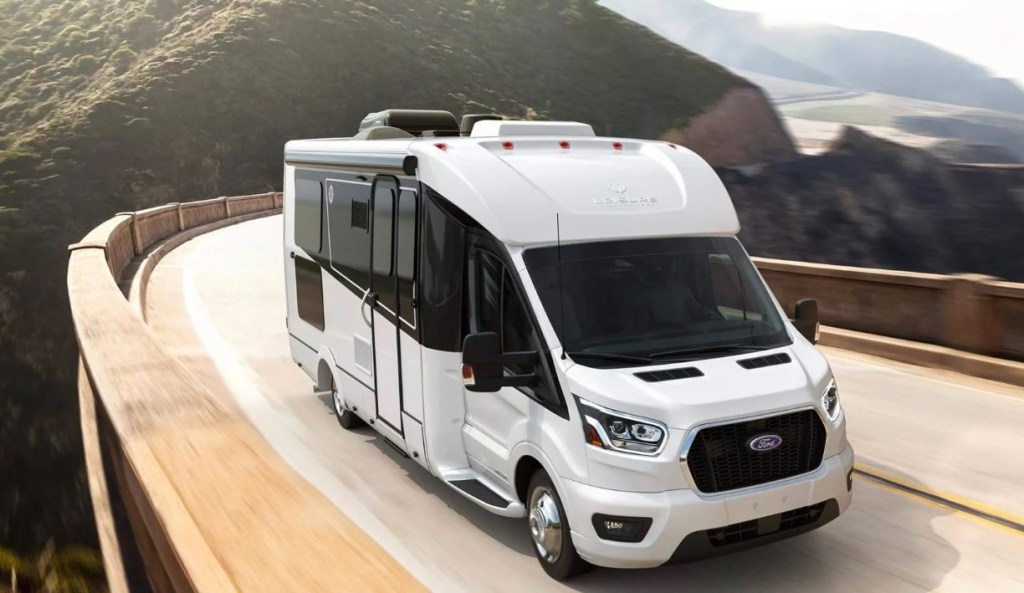
Buying a Class A RV Instead of Class C is a Huge Mistake
We have a special treat for you today, Motor Biscuit fans, with more RV buying tips! Just in time for holiday travels. Beginners may want to buy a Class C RV instead of a class A one. This will save you time, money, and more.
You need a Class C RV
First of all, what are these recreational vehicle classes? A class C RV is a midsize option with a cabin chassis. Meaning you can drive it instead of towing it with a truck. With a class C option, you might be able to pull a vehicle in the rear, depending on its weight.
But be careful with towing, as RV towing mistakes could be dangerous. Figuring out how much you can tow can be complicated. The GVWR (Gross Vehicle Weight Rating) is the maximum weight of the vehicle including passengers, gear, and more.
The GCWR (Gross Combination Weight Rating) involves the maximum weight you can tow. If your GCWR is more than your GVWR, you can tow more weight, but keep the tow hitch limit in mind. These figures can be found in your RV onwer’s manual.
To figure out the maximum weight you can tow, subtract the GVWR from the GCWR. This will ensure that the weight you tow doesn’t exceed the max combination weight.

A Class A RV is a larger, heavier, and more luxurious option. Meaning, Class A options often cost more. They are built on heavy-duty frames, including either a commercial bus chassis, commercial truck chassis, or a motor vehicle chassis. They can tow more weight if you want to bring a heavier vehicle on your trip. But AGAIN, do your towing research first.
To be clear, Class A RVs aren’t bad options, but you can get a Class C one for about $15k less, even if both options are the same length. Be sure to study each of your RV options carefully to find the perfect option that meets your needs.
Class C Recreational Vehicle benefits
Class C RVs are better suited for larger families or bringing friends along because they can have space. Also, they have a sleeping area that’s over the cab, providing more space for sleeping. Also, they have more entrances and exits.

They have a driver’s door, passenger door, and a door in the middle of the living area. This can make it easier to move in and out of the vehicle and cut down on squeezing past family members to go where you need.
Because Class C options can be smaller in length, they are welcomed in more areas. They are much easier to find camping spots in. If you go big, keep in mind that 35-feet is usually the cut-off point for a majority of campgrounds in national and state parks, according to the Camper Report.
Issues with Class A RVs
Class A options are larger, making them more challenging to drive. It’s harder to reach the gas and brake pedals because they are skewed to the right-hand side, and the steering column mat runs between your legs.
Also, the flat windshields impact visibility in front of you. You won’t be able to see the ground, and children in front of your rig could be difficult to spot. Class C options provide more visibility because they are closer to the ground. Being closer to the ground also makes Class C RVs less likely to roll over.

Class A RVs also aren’t as safe. They don’t have airbags in the cabin, while Class C options do. Plus, in the event of a wreck, Class C RVs protect drivers with a large hood and engine to absorb the impact in front of the driver and front passenger.
Plus, Class C RVs are easier to drive and handle like trucks with a together turn radius instead of like massive buses, have a much better fuel economy, less wind drag, and more. Mechanics are better equipped to work on them, too, because engine access for Class A RVs can be a nightmare to access.



